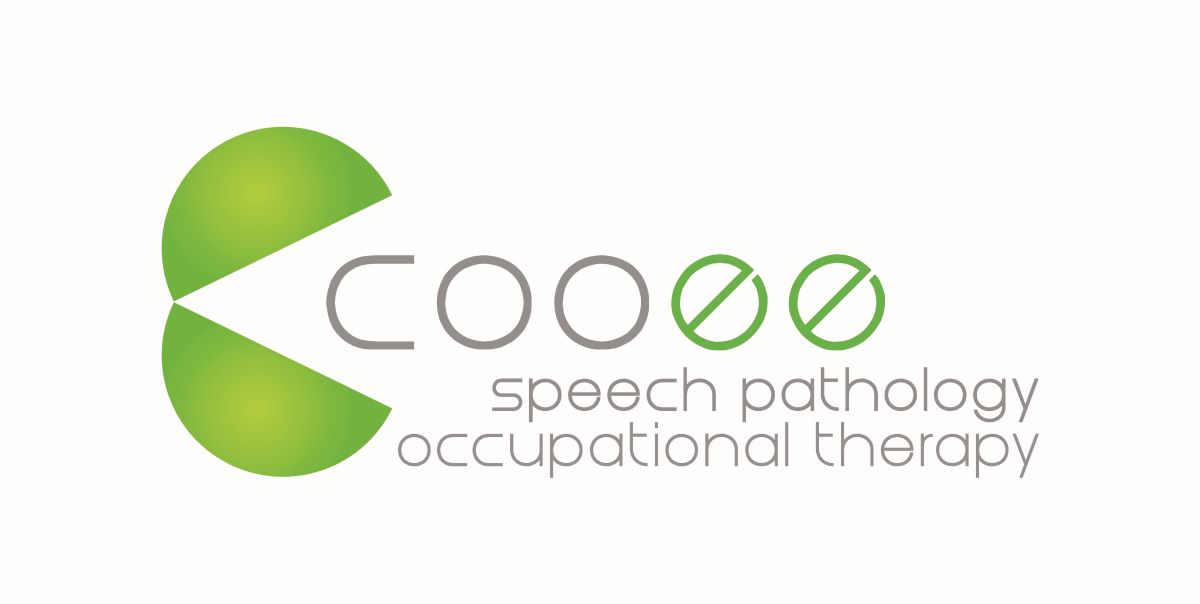Getting ready for Prep with our Speech Pathologists and Occupational Therapists
Talking “Prep Readiness” with our North Brisbane Speech Pathologists and Occupational Therapists at Cooee Speech Pathology.

At this time of year, “Prep Readiness” is a hot topic; but what does being “Prep Ready” actually mean?
Our Speech Pathologists and Occupational Therapists at Cooee Speech Pathology, can help parents know more about how developmental skills are used to learn academic skills at school.
Starting school is a massive transition in the lives of children, and many children benefit from support as they step into this new world.
This blog will explore what “Prep Readiness” can look like from both the Speech Pathology and Occupational Therapy points of view. It’s important to note that all children are unique, that development can vary, and particularly for children who are neurodivergent the list of developmental skills below is outlined to help inform parents, not add extra ‘pressure’ for children.
Think of milestones, or key skills like those below, less like a checklist, and more like steps on a ladder – the rungs of development that influence later-learned skills.
Speech Pathology
When we think of a child who is “Prep Ready”, we think of a child who is transitioning from developing their language skills to using their language to learn. Up until the age of 5, children are in a ‘developing language’ stage; that is, they are learning how to use their language.
At around age 5, a shift takes places, whereby instead of a focus on learning new language, they begin to use their language to learn. This prepares them for the classroom, where almost all classroom learning relies on oral language.
Teachers teach with words; so students benefit when they have sufficient oral language skills (speaking and listening) to learn.
Learning to read and write is different however – – strong literacy skills require more than just good oral language skills.
In order to learn to read and write, students need strong speech production and phonological awareness skills; as well as strong oral language skills.
What skills are relevant for the classroom, from a Speech Pathology perspective?
> Speak clearly all the time, and be understood by familiar and unfamiliar listeners
> Say most speech sounds, expect maybe /th/ and /r/
> Tell stories – personal stories, fictional stories, and answer and ask questions about stories
> Listen to sounds, and perhaps even know some letters that match them
> Say the alphabet and identify numbers and colours
> Talk in long sentences, with complex ideas
> Listen well, follow instructions and learn new words quickly
> ‘Pretend’ to read – hold the book correctly, know the jobs of the words and pictures
> Make new friends, learn their names, play and make up games with them.
5 top tips to boost Speech Clarity, Language and Pre-literacy skills
- Shared book reading – this is an easy way of practising answering questions, retelling stories, imitation and recognition of sounds, language for thinking (why, how, when, what next)
- Retells – when you do activities – baking, craft – practise talking about it 3 times. Draw it on a whiteboard to help your child remember each step/event. This also decreases the cognitive load and will enable them to use more complex and longer sentences.
- Learn to talk about sounds, syllables and words – when reading books or out and about looking at signs, talk about the letters and the sounds the letters make. Can make it into a game, like “I spy” – “I spy with my little eye, something that starts with /s/”.
- Reduce screen time – World Health Organisation says maximum 1 hour for under 5 years.
- Focus on imaginative play – this helps to develop storytelling, describing skills and vocabulary.
Occupational Therapy

Before children are able to engage and participate in the classroom, they first begin to learn to self regulate, attend and have adequately developed motor skills. These skills enable them to access the learning at school.
Almost all classroom based learning output – what the children produce – relies on both motor skill and attention.
During class, teachers usually expect children to be able to sit, listen and write; to show their learning.
To do this; children need adequate fine and gross motor skills (pencil control when writing and postural stability when sitting at a table) and to be able to process sensory information. This in turn allows them to filter all sensory input, to disregard distractions and remain regulated to concentrate and attend. Together, this supports the child’s classroom participation and engagement.
What skills are relevant for the classroom, from an Occupational Therapy perspective?
> Dress themselves for the day (do up medium-large buttons, can use zippers, can put on socks and shoes)
> Use the toilet independently, including wiping
> Cope with minor frustrations and setbacks
> Attempt to problem solve independently
> Sit on the carpet and concentrate on a story for about 20 minutes (without wiggling and touching others excessively) and follow 2-3 step instructions
> Open their lunchbox and containers as well as unscrew water bottle lid
> Draw basic shapes (circle, square, angled lines, possibly a triangle)
> Draw a person with 7 features (head, body, arms, legs, eyes, nose, mouth)
> Complete big body movements like throw and catch a medium ball, walk up/down steps reciprocally (one foot per stair), navigate unfamiliar environments, climbing a ladder with 5 rungs
5 Top Tips to Boost Fine Motor and School Readiness
- Squish don’t swipe – Play with play dough or squishy balls that encourage an ‘open webspace’ (between thumb and index finger)
- Encourage connected drawing – A person with 6-7 features, a house with a roof, door, windows; encourage by changing position (i.e vertical surface for a better write position; kneeling, standing, lying on stomach). Ask what your child has drawn, even if it looks like scribble to you.
- Verbal cues – Use verbal directions to encourage directional lines for shapes (i.e. ‘down, down, across, across’, when drawing a square).
- Encourage children to play – Encourage them to play with lego, board games (such as Connect4, Mastermind, Operation, card games etc), and outside games, (e.g. climbing, running, jumping)
- Use problem solving questions in play – Children learn through play, use “What next?” and “Uh-oh, how will you…?” type questions to stimulate problem solving through play.
Supporting success

Speech Pathologists and Occupational Therapists support children to develop or improve their developmental skills, like those discussed above.
This in turn, can help them engage in the classroom, and feel confident to learn.
If you have any further questions about “Prep Readiness”, please contact Cooee Speech Pathology on 3265 4495 today and our friendly Client Care team can help!
Sending all the parents a wish for good luck & smooth transitions as they start the school year!
Written in 2019 by Marion Giddy (Speech Pathologist) & Hanna Corfield (Occupational Therapist).
Edited in 2023 by Marion Giddy.
